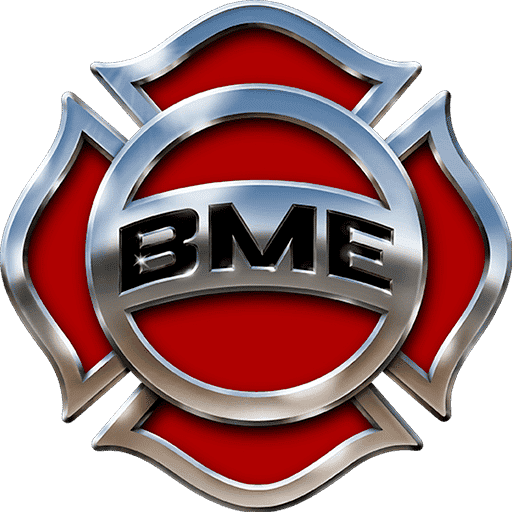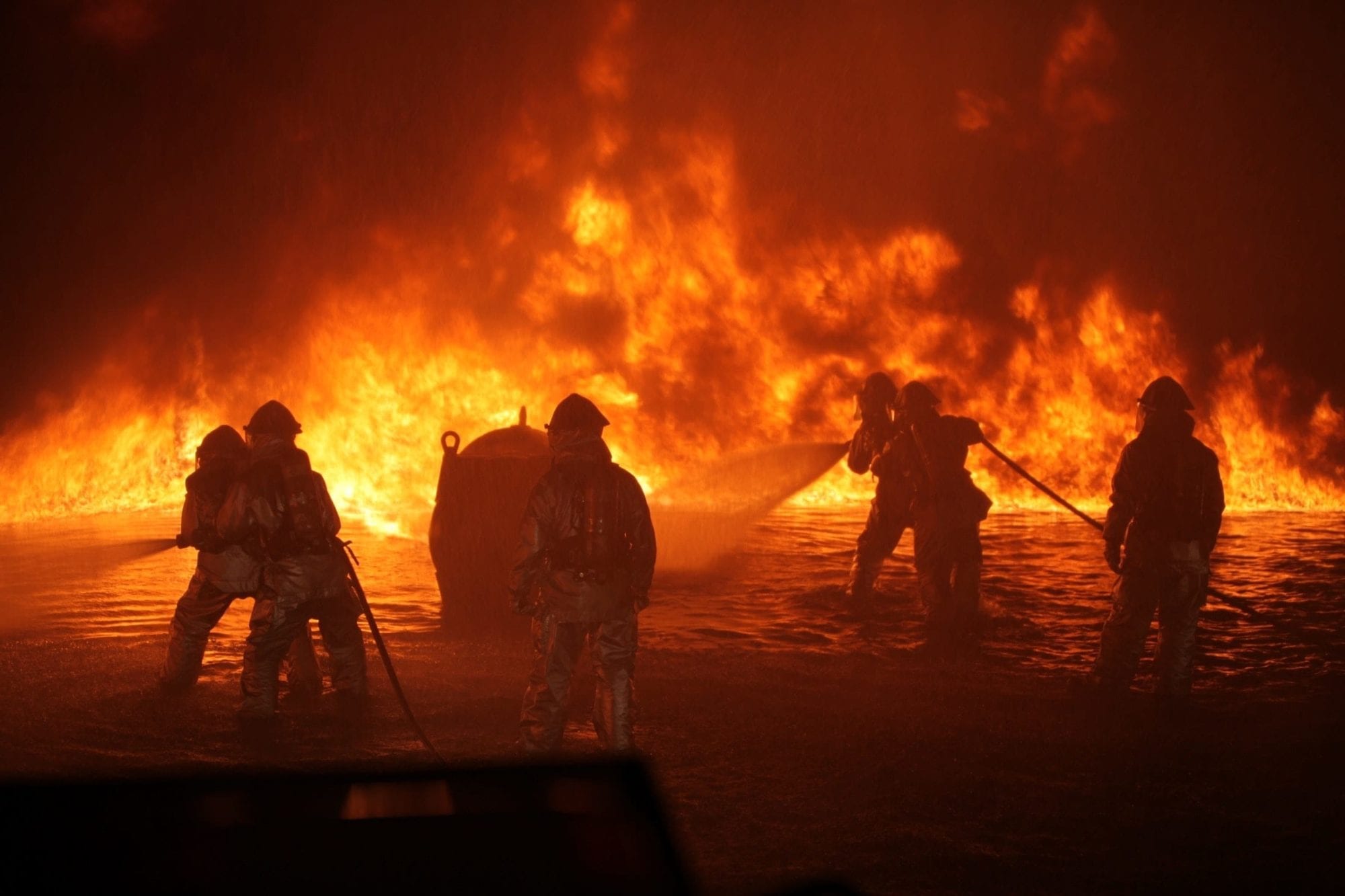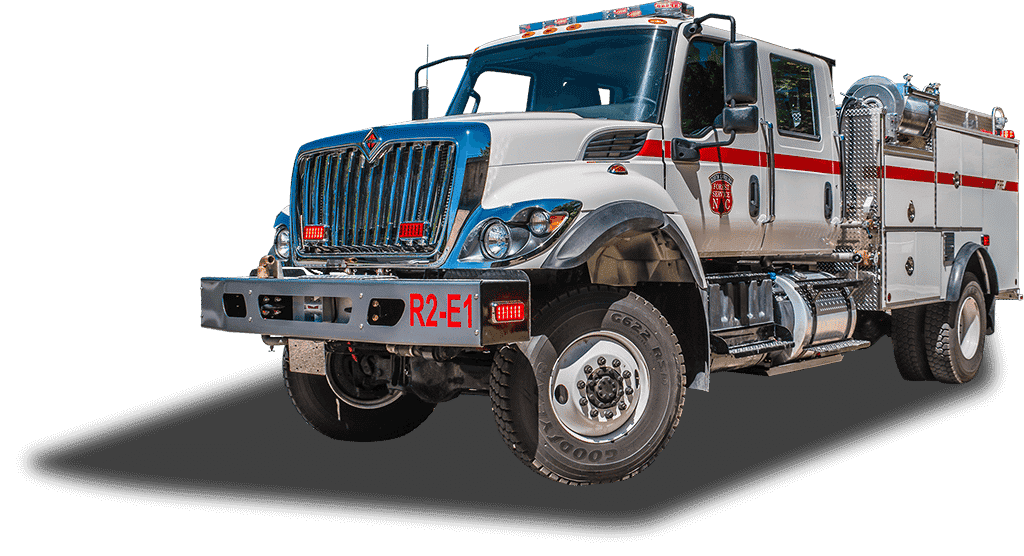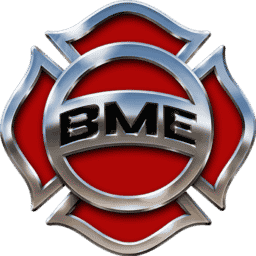What is the NFPA
The National Fire Protection Association (NFPA) is a global self-funded nonprofit organization devoted to eliminating death, injury, property, and economic loss due to fire, electrical and related hazards. NFPA delivers information and knowledge through codes and standards, research, training, education, outreach, and advocacy; and by partnering with others who share an interest in furthering our mission.
NFPA 1500 Fire Health and Safety Standards
Organizations and individuals have recognized the need for a standard set of guidelines to govern fire service. Advocates of a safe and professional approach to firefighting decided to come together and render some assistance. In 1977, a collaborative work by The Fire Protection Publications (FPP) and the International Fire Service Training Association (IFSTA) released a publication such as the Essentials of Fire Fighting. This publication has served as a manual used by fire service training agencies and departments worldwide to train personnel to become firefighters. However, as time went on, leaders started noticing that while the Essentials manual outlined a vast array of general procedures and safety guidelines, there was a gap in addressing a standard for specific injuries and diseases experienced by firefighters.
Specifications of NFPA 1500 Standards
NFPA 1500 was established to specify minimum fire service criteria in various areas, including:
- emergency operations
- facility safety
- apparatus safety
- critical incident stress management
- medical/physical requirements
- member fitness/wellness
- use of PPE
The NFPA 1500 acts as a gold standard for OSHA concerns since a technical committee wrote the publication of individuals representing various interests from a wide spectrum of the fire service. Learning from previous publications that faced limited adoption and adherence in the firehouse, the architects Brunacini and Teele were careful to involve committee members of all ranks in the fire service, including fire chiefs, company officers, firefighters, volunteer representatives, as well as representatives from various fire service equipment manufacturers. At the publication’s core, it provides firefighting personnel with a standard set of guidelines to establish, implement, and manage a comprehensive safety and health program. The shortlist of basic requirements that the publication mandates firefighting organizations establish are:
- implementation of occupation safety and health policy,
- appointment of a fire department safety officer,
- implementation of a training program to allow all fire department members to perform their assigned duties safely,
- proper maintenance of all vehicles and protective clothing/equipment (PPE)
- application of an incident management system for emergency operations, and
- issuance of a member assistance program.
A distinction between the NFPA 1500 and previous safety manuals establishes a designated fire department health and safety officer. The publication guideline is remarkably different from previous manuals in that it sets up an accountable person to administer and adhere to the standard. The safety officer’s tasks include:
- ensuring that OSHA standards are met,
- accident reporting,
- reviewing and approving safety features of apparatus and PPE, and
- implementation and conducting safety training for the department.
Get in Touch
Fields marked with an asterisk (*) are required.




